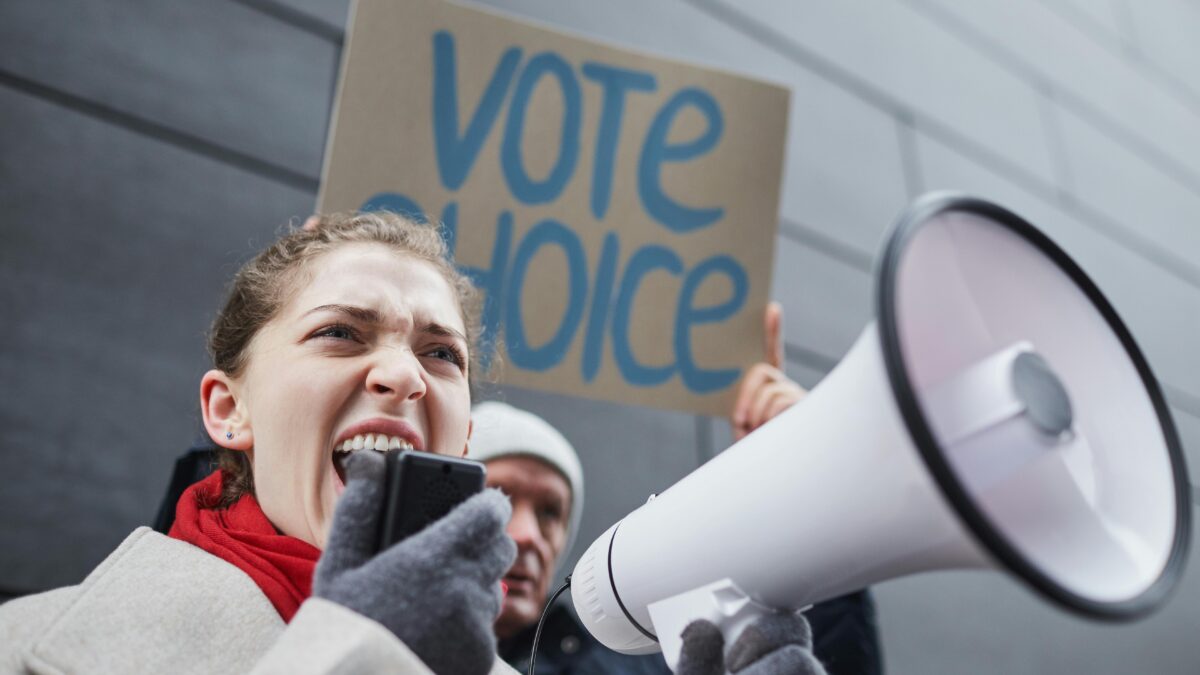
President Donald Trump’s executive order directing the Census Bureau to exclude illegally present aliens from the population counts used to apportion seats in the House of Representatives immediately elicited from the American Civil Liberties Union the promise of a legal challenge.
The president’s order is factually correct and should be defended. Ironically, even if it survives constitutional challenge, Trump’s action might not make much real difference in combating the gross distortion in representation caused by counting noncitizens in apportioning legislatures.
There is a real solution, however, that is constitutional and could send a powerful political message for the upcoming elections: a law requiring that congressional seats within each state be apportioned on the basis of the state’s citizen population rather than its gross population. Such a law would help take urban voters’ disproportionate voting power, cultivated through “sanctuaries” and noncitizen population counts, away from chaos-ridden Democratic strongholds and return it to disempowered citizens outside the large cities.
The Problem
Most Americans assume election districts have to be divided equally. The common phrase is “one person, one vote.” A more accurate expression would be “one voter, one vote” — no voter should have more representation in legislatures than any other voter. That has not always been the case, however, and we violate this principle to this day by counting non-voting, noncitizen immigrants in apportioning electoral districts for the House of Representatives and their corresponding Electoral College votes, as well as state legislatures.
In the last decade in the United States, a surge of immigration, both legal and illegal, has occurred. Its distribution is very uneven, concentrating in urban areas and certain states. Many cities and states have encouraged this by declaring themselves “sanctuaries,” where local law enforcement is prohibited from cooperating with federal authorities in enforcing federal immigration laws.
Including these noncitizens in calculating apportionment gives disproportionate representation to citizens who live in areas with large noncitizen populations. See here for examples of how this distorts representation both between the states (the object of the president’s order) and within states, in apportioning seats in the House and state legislatures. For example, based on Census Bureau estimates of the distribution of noncitizens in 2015, New York City, Chicago, and Miami each have at least one extra seat in the House at the expense of the rest of the citizens living elsewhere in their states.
Of course, we have seen this before. The original 1787 Constitution saw the notorious three-fifths rule, in which slaves were counted as three-fifths of a person in apportioning seats. Today this is usually characterized as intended to demean slaves, but the predominant intent was political. Slave states wanted to count slaves as a whole persons, and free states did not want to count them at all, hence the compromise of counting them as three-fifths of a person.
The rule was all about increasing the voting power of slave-state voters over that of free-state voters. For example, if a slave state had an equal number of slaves and free residents, then in apportioning seats in the House, each slave-state voter’s vote counted for 60 percent more than that of a free-state voter.
When the 14th Amendment in 1868 did away with the three-fifths rule, it still provided that apportionment was to be based on the “whole number of persons” in each state. Women still could not vote, but the politicians certainly wanted to ensure they were counted in determining apportionment. That the 14th Amendment didn’t limit the population to be counted in apportioning seats is the primary constitutional obstacle to the president’s order.
The three-fifths rule was a deliberate distortion of the voting process, and no one would defend it today. Yet, as noted above, its modern equivalent continues with the practice of including noncitizens in calculating apportionment.
Perhaps the most dramatic illustration of this phenomenon is that the cumulative effect of these deviations from a “one voter, one vote” standard across the country could exceed 20 seats, which happens to be Democrats’ margin of control in the current House. Like their slave-owning Democratic predecessors in the time of the three-fifths rule, modern Democrats might be largely dependent for their political power on the extra seats and votes that citizen residents of their sanctuary cities get by including noncitizens in calculating apportionment.
The Solution
The president’s order seeks to alleviate this deviation by not counting illegal immigrants in the reapportionment of House seats among the states following this year’s census. In addition to the constitutional difficulty presented by the “whole number of persons” clause, the president’s order might not do much to correct the problem even if it is upheld.
While California could lose three to five seats under Trump’s order, the effect in other states might not be that significant. The effect will be even smaller if apportionment within states is still based on the gross population. It could just mean that the disproportionate extra voting power will be shifted from a sanctuary city in California to a sanctuary city in another state.
The most effective solution is to require apportionment within states to be based on their citizen population rather than their gross population. This would assure the universal application of the principle that each American citizen has exactly the same degree of representation as every other American’s, as opposed to our current situation where citizens living in sanctuary cities effectively have more per capita voting power than their fellow Americans in suburban and rural areas.
Such a law would also stand on much stronger constitutional ground than Trump’s executive order. The “whole number of persons” clause only relates to apportioning seats among the states.
Apportionment within states falls under a different constitutional provision, which provides that Congress and state legislatures shall determine the “Times, Places and Manner of holding Elections for Senators and Representatives” (Article I, Section 4). Congress has already used this power to require that only citizens can vote in federal elections, so it would not be a stretch to require states to apportion their congressional seats so that each district has an equal number of citizens, without the distortions created when redistricting is based on gross population.
‘One Voter, One Vote’ in the 2020 Elections
Congress would have to enact such a law. It could not be a presidential executive order. You might think there is no way a Democrat-controlled House is going to pass such a law, when it could deprive them of their majority margin. And you would be correct for the soon-to-expire 116th Congress. A Republican-controlled 117th Congress, however, could enact such a law in time to determine redistricting from the 2020 census.
Right now, in a time of collapsing poll numbers for Trump and general conservative despondency as Americans reel from the radical left’s relentless assaults, you might think Republican control of both houses in the 117th Congress is a pipe dream. Here is where a drive for “one voter, one vote” could make a significant difference.
The media’s division of our country into “blue” and “red” states seriously distorts states’ internal political realities. In many so-called blue states, suburban and rural areas are politically conservative or at least competitive. The states are only blue because one or more large urban areas are one-party satrapies that tilt the rest of the state to Democrat control. These are the same cities that get extra seats in the House and state legislatures by counting their large noncitizen populations in redistricting.
Democrats’ success in the 2018 elections resulted largely from gains in many exurban areas, particularly the suburbs. These suburban voters are now looking with disquiet at the turmoil and incompetence resulting from longtime Democrat control of the cities. These voters have a general notion that these cities control their state’s politics, but they probably do not realize these cities’ domination is based in part on the fact that urban leftist voters effectively have more votes per voter than citizens living in suburban and rural parts of the state.
A “one voter, one vote” campaign could crystallize these exurban voters’ dislike of being controlled by Seattle, Portland, San Francisco, Los Angeles, Denver, Minneapolis, Madison, Chicago, Detroit, Philadelphia, or New York City, just to list a few.
Trump’s order has now put the subject in the open. Especially now, when Democratic mismanagement of the cities they have controlled for decades is on daily display, a Republican campaign protesting these cities’ unfair electoral advantage would encapsulate a broader argument that electing Democrats could turn the entire nation into the chaos ravaging these cities.









